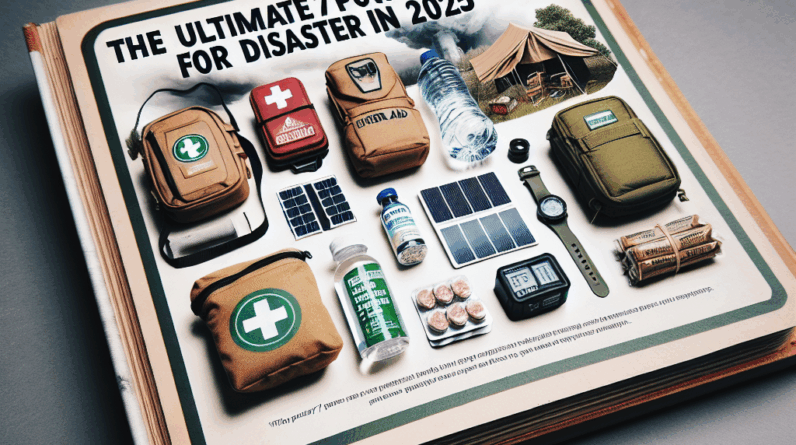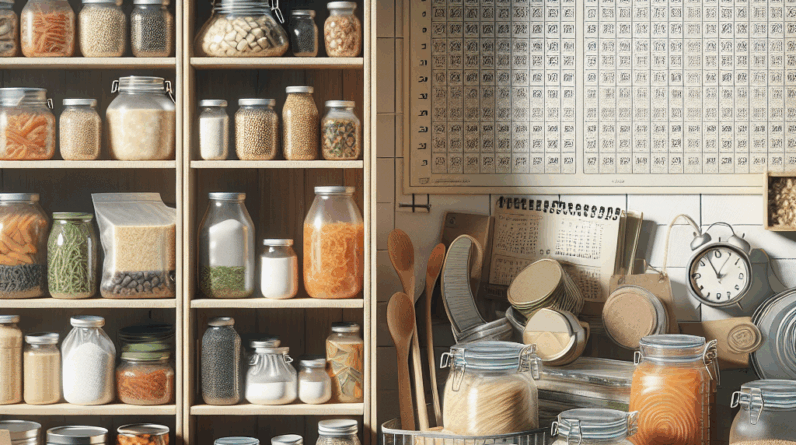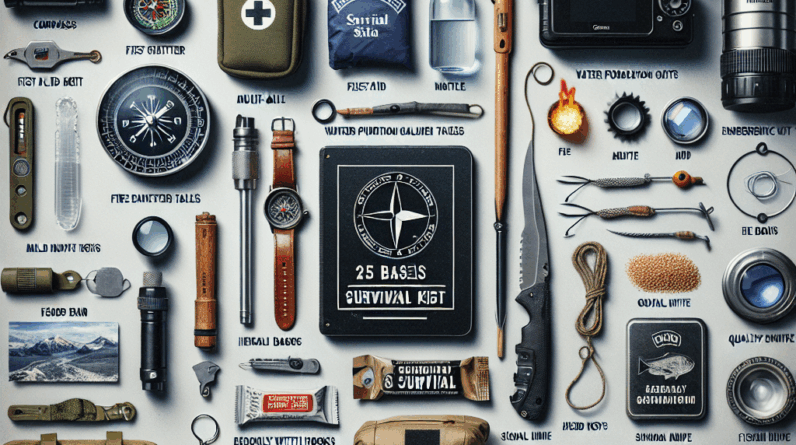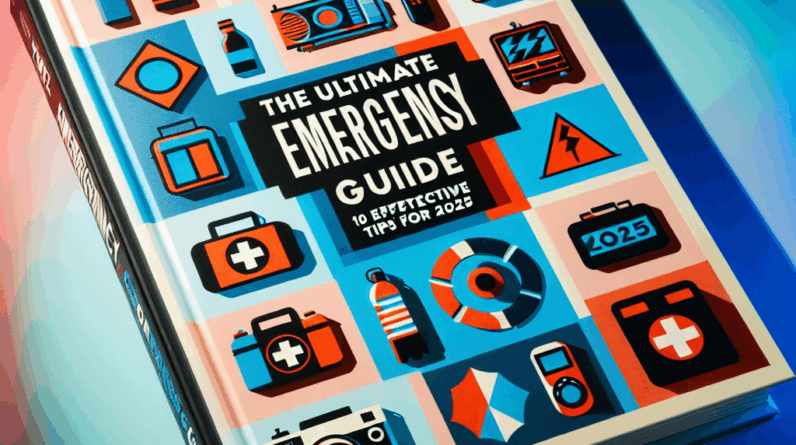
Preparing for disasters is increasingly crucial as the world faces more frequent and severe events. By understanding and implementing key preparedness strategies, individuals and families can significantly enhance their resilience and safety in 2025. Here are seven critical steps to prepare effectively for potential disasters in the coming years.
Build a Comprehensive Emergency Kit
Knowing how to prepare for disasters starts with the creation of a well-stocked emergency kit. For the year 2025, it’s recommended to have at least a three-day supply of essential items such as water, non-perishable food, first aid kits, flashlights, batteries, and personal hygiene products. Such essentials are vital for survival during the initial days of a disaster when resources are scarce. Additionally, ensure you have sufficient water supply, calculated at one gallon per person per day, and remember to include items for pets or babies if needed. Store your kit in a readily accessible, waterproof container and make it a habit to check and refresh your supplies yearly to keep them up-to-date and effective.
Create a Family Emergency Plan
Developing a comprehensive family emergency plan is a cornerstone of disaster preparedness. Gather your family to discuss and agree on evacuation routes, meeting points, and communication strategies in case of separation. Despite the rise of technology in 2025, which facilitates real-time communication and alerts, having a clear, practiced plan remains critical. Incorporate regular drills into your family’s routine to ensure everyone is familiar with the plan and confident in their roles, which can significantly reduce panic and confusion during actual emergencies.
Stay Informed with Early Warning Systems
In the digital age of 2025, staying informed about potential dangers has never been easier. Leverage technology by subscribing to early warning systems that alert you to severe weather or other hazards. Equip your home with smart devices like connected alarms and weather radios that can provide immediate warnings. Understanding and utilizing these tools can be life-saving by giving you enough time to act before disaster strikes.
Strengthen Your Home’s Resilience
Enhancing your home’s ability to withstand disasters is a proactive measure to ensure safety. Install shatterproof glass, secure heavy items, and use surge protectors to safeguard against common hazards. Consider structural upgrades like sump pumps, fire-resistant materials, and reinforced doors to mitigate potential damage. These investments not only protect but also add long-term value by reducing the risk of severe damage during disasters.
Develop Financial Preparedness Strategies
Financial readiness is a crucial aspect of disaster preparedness. Set up an emergency fund and keep essential documents in a secure, accessible location. Opt for insurance that covers risks prevalent in your region, such as floods or earthquakes. Being financially prepared allows you to manage the aftermath of a disaster more smoothly and effectively, helping you to recover quicker without substantial economic hardship.
Practice Skills and Training
Beyond supplies, possessing the right skills is essential for effective disaster response. Engage in local training programs or online courses in CPR, first aid, and disaster response. Participate in community preparedness drills to practice these skills in a realistic setting. The more you practice, the better prepared you will be to handle emergencies effectively.
Regularly Review and Update Your Plans
The dynamic nature of life and technology in 2025 demands that disaster preparedness plans be regularly reviewed and updated. Changes in family structure, residence, or technology should prompt a reassessment of your plans. Use significant dates or seasons as reminders to review and adjust your preparedness strategies, ensuring they remain relevant and comprehensive.
Frequently Asked Questions
1. What are the most critical items to include in an emergency kit for 2025?
Essential items for an emergency kit in 2025 include water, non-perishable foods, a first aid kit, flashlights, batteries, personal hygiene items, and copies of crucial documents. Additional items like masks, hand sanitizers, and solar chargers may also be beneficial.
2. How can I learn how to prepare for disaster effectively?
You can enhance your disaster preparedness by attending local workshops, utilizing online resources, participating in community drills, and regularly practicing your emergency plans. Staying updated on new threats and safety innovations is also crucial.
3. Why is it important to review and update my disaster plan annually?
Regular updates to your disaster plan are essential due to potential changes in your living situation, advances in technology, and emerging new threats, ensuring your preparedness measures are always current and effective.
4. How can I improve my home’s resilience against disasters in 2025?
To improve your home’s disaster resilience, focus on structural reinforcements such as upgraded windows and roofs, flood barriers, and securing heavy furniture. These improvements help your home withstand the impacts of sever





